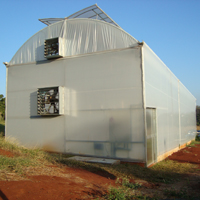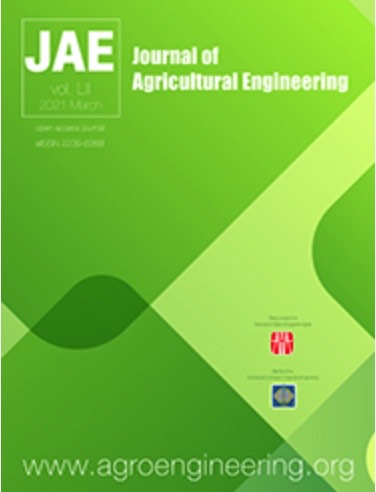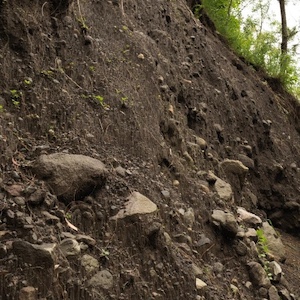Wireless sensor network to identify the reduction of meteorological gradients in greenhouse in subtropical conditions

All claims expressed in this article are solely those of the authors and do not necessarily represent those of their affiliated organizations, or those of the publisher, the editors and the reviewers. Any product that may be evaluated in this article or claim that may be made by its manufacturer is not guaranteed or endorsed by the publisher.
Authors
Spatial and temporal monitoring of temperature and relative humidity is essential for greenhouse management, therefore, wireless sensor networks (WSN) can offer crucial advantages. The objective of this work was to use a WSN to characterize and map the horizontal and vertical variability of air temperature and relative humidity inside a greenhouse using five different configurations. The configurations were based on combinations between the following actuating mechanisms: i) mechanical ventilation (by two exhaust fans); ii) natural ventilation (through the roof vent openings); iii) shading through the use of thermo-reflective screen. The WSN was designed with 45 spatially distributed measuring points, and the air temperature and relative humidity were recorded automatically every 30 seconds, for ten consecutive days, for each configuration. Our results show that the horizontal and vertical homogeneity of the meteorological elements depends on the actuating mechanism used in the greenhouse. Mechanical ventilation approximated the temperature and relative humidity of the indoor and outdoor air, with a homogeneous horizontal distribution throughout the environment. Opening the roof vent reduced vertical gradients of temperature and relative humidity. Our observations also showed that the combination of the use of roof vent openings with mechanical ventilation is an effective way to achieve horizontal homogeneity of meteorological elements.














